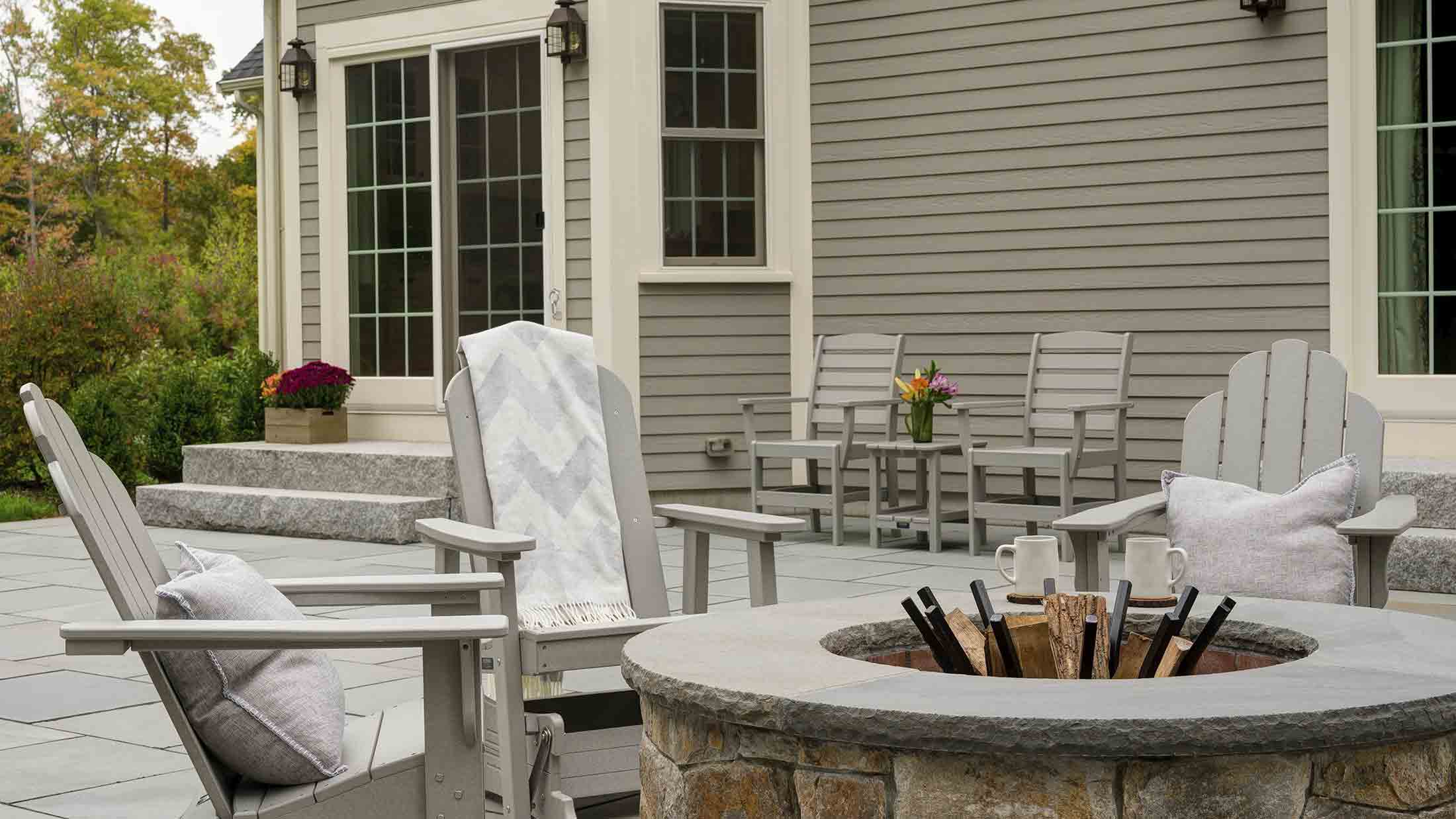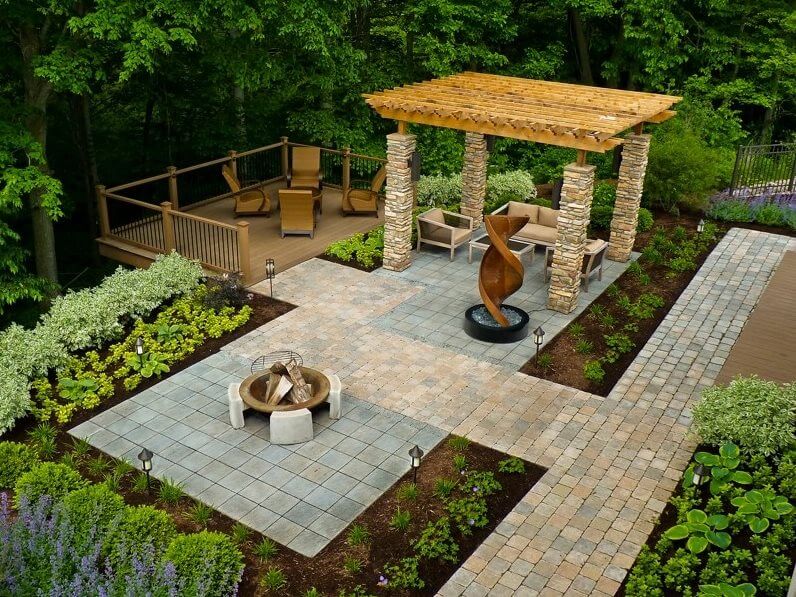Landscapers - Questions
Landscapers - Questions
Blog Article
Excitement About Landscapers
Table of ContentsThe Single Strategy To Use For LandscapersLandscapers for BeginnersA Biased View of LandscapersSome Known Factual Statements About Landscapers 5 Simple Techniques For Landscapers
In the PNW there are semi-deciduous or semi-evergreen plants that may shed their fallen leaves depending on how chilly the wintertime is. - A level gathering space, made of timber or composite product (made to look like timber), typically nearby or connected to a framework.

- Granite that is weathered to the point that it is a really great accumulation. This is a natural procedure, and the outcome can be made use of for courses and patios. Decayed granite is frequently referred to as DG. It is especially valuable in modern landscapes. - Secret landscape functions being recommended in a landscape design plan.
Facts About Landscapers Uncovered
These objectives guide the design procedure, not the designer's design or choices. Common design objectives in Portland are reduced upkeep, dry spell tolerant, and pet pleasant. - Process for eliminating or thinning the dead reduced level of a fully grown yard. Thatch is turf that has passed away and collected listed below the green blades.
Nevertheless, with time this layer can get extremely thick and make it hard for water, sunlight, and nutrients to get to portions of the turf.- The process of gathering and regulating the flow of water on a home. This can be finished with grading, French drains pipes, dry wells, permeable surfaces, sump pump, rain yards, and more.
- A sluggish feeding irrigation system that uses versatile tubes and emitters to send a specific quantity of water to each plant. - The capacity of a plant to make it through without much summer season water.
- A yard feature where water is stood for by an accumulated stone product, typically a gravel or granite.- A rock or natural flagstone outdoor patio, course, or pathway built without a concrete base.
The Basic Principles Of Landscapers
- A rock preserving or free standing wall built without the use of mortar. - An underground structure that collect water and allows it to slow percolate into the soil around it.
Landscape design that is compatible with a websites' environment in both look and sustainability without negative influences to the environment. Edging in the landscape is a line of demarcation that produces visual interest in the garden by dividing one sector from one more segment. This can be visual or functional, maintaining one aspect (such as pea gravel) from getting combined right into one more (like bark dirt).
Locations can likewise sense of "room" supplied by trees, other plantings, fencings, or screens. The landscape near the entry to a building. A tree, shrub or vine, trained to expand on a wall surface or fence into browse around this site a specific pattern. Especially helpful for fruit trees, making it simple to gather the fruit and containing mess.
A plant that is not indigenous to the location where it will certainly be grown. Not all "exotics" are intrusive or dangerous, and numerous can be well acted or drought forgiving (Landscapers). A mass planting of brushes. Thicker bladed turf yard that spread via rhizomes.: The degree of soil on your home before bark dirt or garden compost is spread out.
8 Simple Techniques For Landscapers

The purpose, reason, or action that an area is be landscaped for. Room for expanding plants for checking out, consuming, or physical activity.
Rock product, either rounded or fractured, that is reasonably tiny- normally 1" or less. Reduced plants that are permitted or motivated to top an area. Can describe any type of "hard" garden components consisting of statuary or stones check these guys out however the majority of typically is utilized to refer to courses, outdoor patios, and walls.: Height distinction between the degree of water in a fish pond (or the level of the pump if it rests outside the pond) and the top outlet of water which influences efficiency of the water pump in gph (gallons per hour). Dense bushes or trees that form a fencing, screen, or border.

More About Landscapers
Typical PNW landscapes are casual. A plant that spreads even more than desired, or right into environments where it does damage.
Smart irrigation controller testimonials and recommendations here. 2-D rendering of the proposed watering system. Can consist of head placements and insurance coverage, pipeline sizing, GPM specs, and materials needed to install this system. A watering plan is generally unnecessary for household properties however is typical for commercial projects. Accredited specialist who develops landscapes, coached in engineering and style along with in horticulture.
The expert who prepares and develops landscape tasks, typically at a household or small business degree with the major style impetus on growings. Landscape designers normally have less education than Landscape Architects and are not certified. A finished landscape layout, describing all components for the new landscape. This typically takes the type of a drawing theoretically.
A water limited HDPE material used underneath ponds, streams and waterfalls in water functions. Utilizing several growings of the same variety to fill up in a location in the landscape.
Report this page